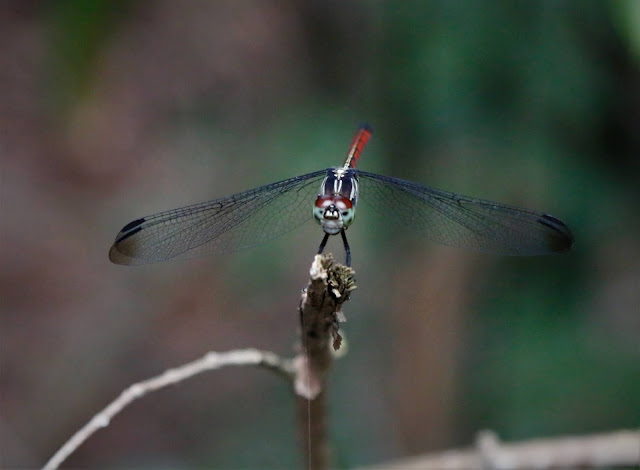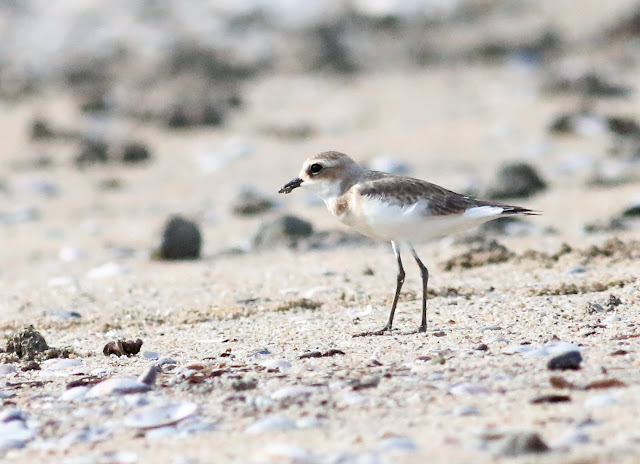In this part 2, I will share some plants and insects photos which I encountered in my field trips from January this year todate. Here are some of their photos.
You might probably have seen this flower in your hiking trips. It starts with orange colour and ends with yellow colour. Unfortunately I am unable to find the name of its plant at this point of time.
and here is the yellow flower from the same plant species.
This moth's shape is like a stealth bomber.
While this moth looks like a headless creature.
This moth is considered a pest by some literature.
They are called: Pochazia transversa (Ricaniid planthopper)
This is a Swallow-tailed Moth. Have been seeing them quite often since July until now !
According to some folklores, you might be able to see fairies dancing on top of mushrooms in a clear moonlit night.
This one is kinda unique.
This mushroom looks quite common.
While this ones looks like some well rounded stones.
These mushrooms looks edible.
Some kind of a fungus.
Some fruits of a palm tree.
The creature (s) which lay these eggs will probably have a hard time identifying their children.
These are not your ordinary vegetable leaves.
A caterpillar which blended well with the leaves colours.
The caterpillars which created these patterns have probably a diploma in arts and creative designs.
Look out for part 3 of the series whereby I will showcase a few nice photos of some birds and reptiles.
ADIOUS ! FOR NOW !







































































